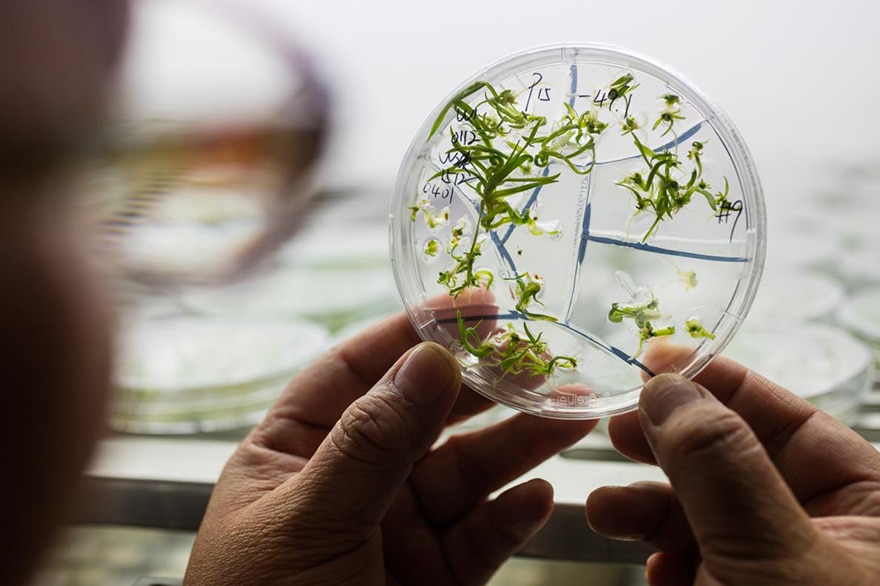
Sexual reproduction creates diversity, genetic forcing eliminates it...
Pest management tool
Because the notion of "harmful" is very relative ...

Not to be missed:
On January 17, 2017, the first Legrain Conference will be held at the ENS, named after an ENS patron passionate about scientific research. The purpose of the Legrain Conferences at the ENS is to highlight the results obtained in the framework of innovative research, currently underway, and whose implications could well turn our contemporary societies upside down.
In this spirit, the first Legrain Conference at the ENS will be devoted to : Genome engineering, between hopes and fears,
It will take place in the Jean Jaurès room, and will aim in particular at taking stock of the scientific and ethical issues of the Crispr/Cas9 technique,
The Legrain Conference will take place in two parts:
- a first scientific part (16h30-19h) entitled CrispR technology and its applicationsThe conference, which will be held in French and English in the presence of several prestigious international researchers, has been prepared in advance with teachers and students from the ENS;
- a second part for the general public (20h-22h), in the form of a round table, entitled Ethical and legal implications of the CrispR revolutionin the presence of philosophers, doctors and lawyers.Tuesday 17 January 2017, ENS, 45 rue d'Ulm, salle Jean Jaurès, free admission subject to availability.
READ ALSO the article "Genetic forcing, an uncontrollable destructive potential."












